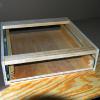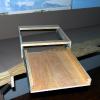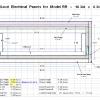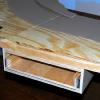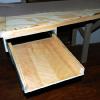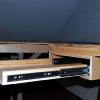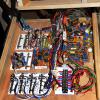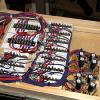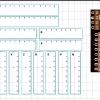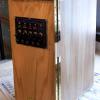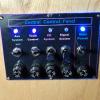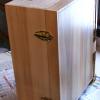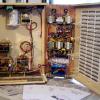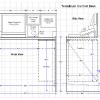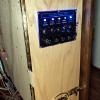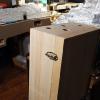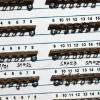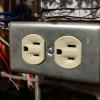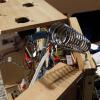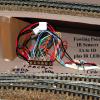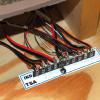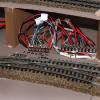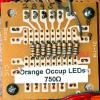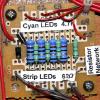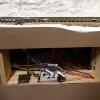Rails and Trails Imaging
Model RR - Designing Electrical Access
To play slide show, click on the 1st picture.
Drawers for Easy Access
One solution for easy access of electrical terminals and circuit boards is full extension drawers. I built 3 of these and would have used more if space had permitted. The fronts can be control panels or track diagrams. Included is a dimensional schematic of the drawers and the printed labels I designed for terminal lug strips.
Train Brain Control Center
Perhaps one of my best ideas for easy access and centralized control is a box that I designed which mounts under the front edge of the computer desk. For access, it swings up and opens like a clam shell. Inside are many connections and circuit boards. Troubleshooting and soldering is done from a desk chair. This concept has proven to be everything I had hoped for and then some.
To play slide show, click on the 1st picture.
Other Ideas
Place terminals on top of the layout, not under it. This also includes switch machines for turnout control and their connections. Anything that can swing out or roll out for easy access is a great idea.
To play slide show, click on the 1st picture.
Please check back for future additions to this page.

